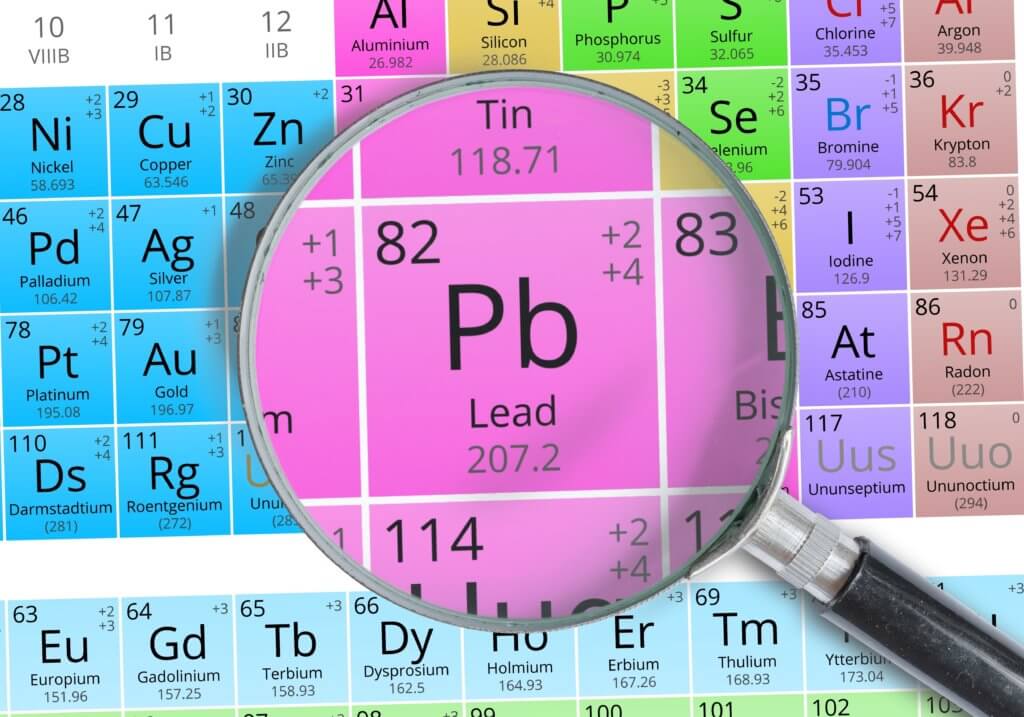In 2015, media coverage of Flint, Michigan’s drinking water issues caused a national focus on lead. More recently, national media coverage of lead in drinking water at public schools and even military housing has kept this issue in the spotlight.
Whenever someone turns on a tap, whether it be at home, work, or school, there is continued concern that the water may contain unacceptable levels of lead. Even though public water systems are monitored and tested regularly, elevated levels of lead are still being found in homes, schools and places of work. The source of that lead is typically not from the water provider, but is the result of lead-containing plumbing and fixtures within the home or business. The US EPA’s Safe Drinking Water Act (SDWA) prohibits the use of lead-containing piping, fixtures, solder and flux after June 1986, in the installation or repair of water systems used for human consumption, but there are many houses and buildings that were built prior to 1986.

Still, it all never really hit home for me until recently when my daughter and son-in-law purchased a home that was built in the early 1900s, and then they brought my baby granddaughter home to that house with the century-old plumbing and fixtures. I was quick to instruct them to always run the water for at least 2 minutes before using it. This instruction was based on my experience in sampling and analyzing drinking water for lead, especially in older homes, where it is not uncommon to find lead at unacceptable levels (the US EPA action level for lead is 0.015 milligrams per liter).
When drinking water is sampled for lead analysis, there are typically multiple samples collected from each tap. The initial is a first-draw sample that is collected immediately from the tap after the water has not been used for a period of 6 hours or longer, the second is typically collected after a 30-second flush, and the third is typically collected after a 2-minute flush.Exceedances of the action level for first-draw samples are common in older homes and establishments.
At those locations where the first-draw samples exceeded the action level, the majority of the 30-second flush samples were below the action level, and almost none of the 2-minute flush samples exceeded the action level.
Considering that elevated levels of lead can cause delays in physical or mental development in infants and children and cause kidney problems and high blood pressure in adults, this helpful tip of flushing your taps before using or consuming tap water could be life altering. Remember to flush!


